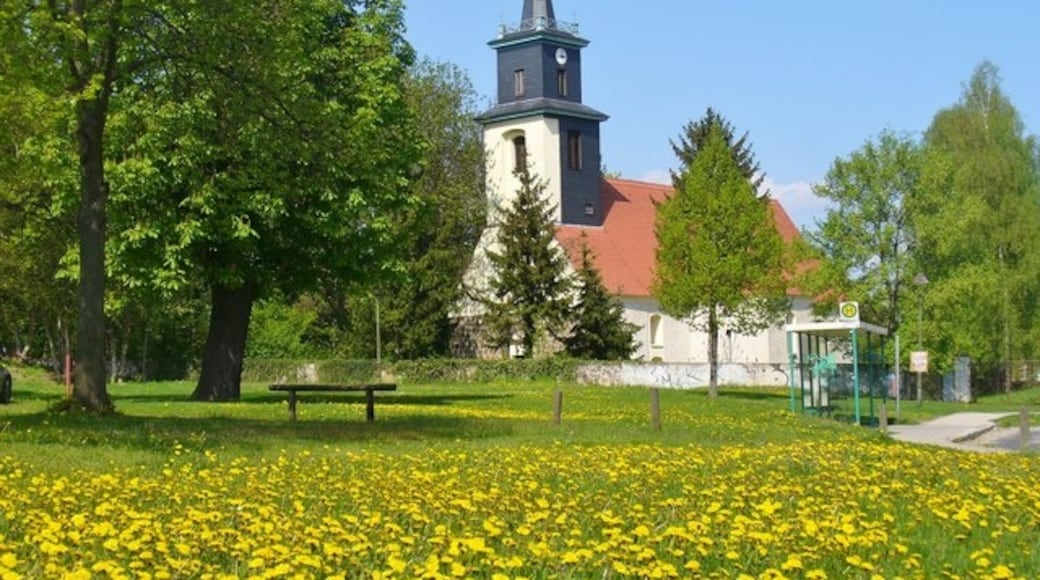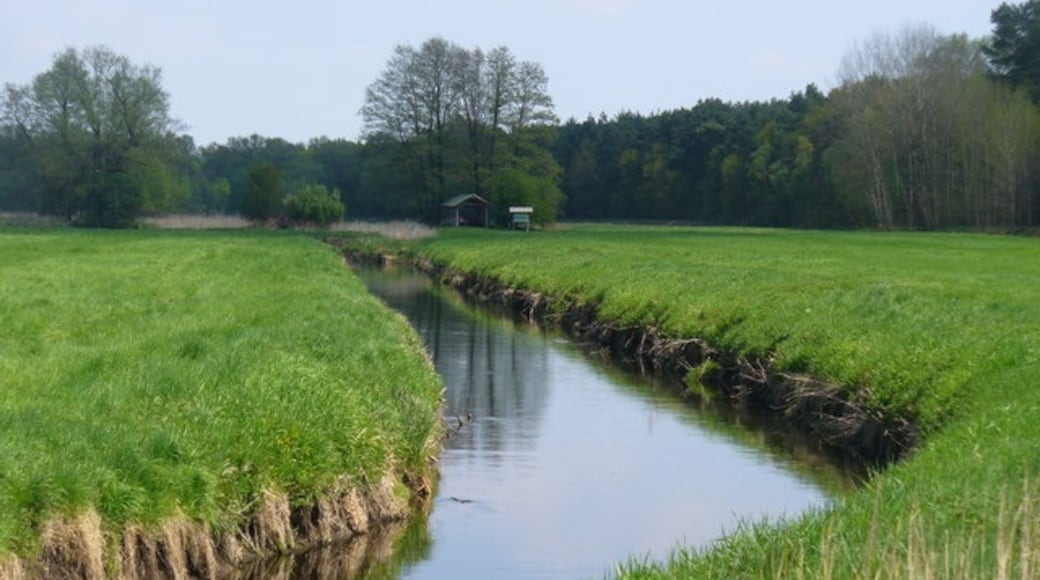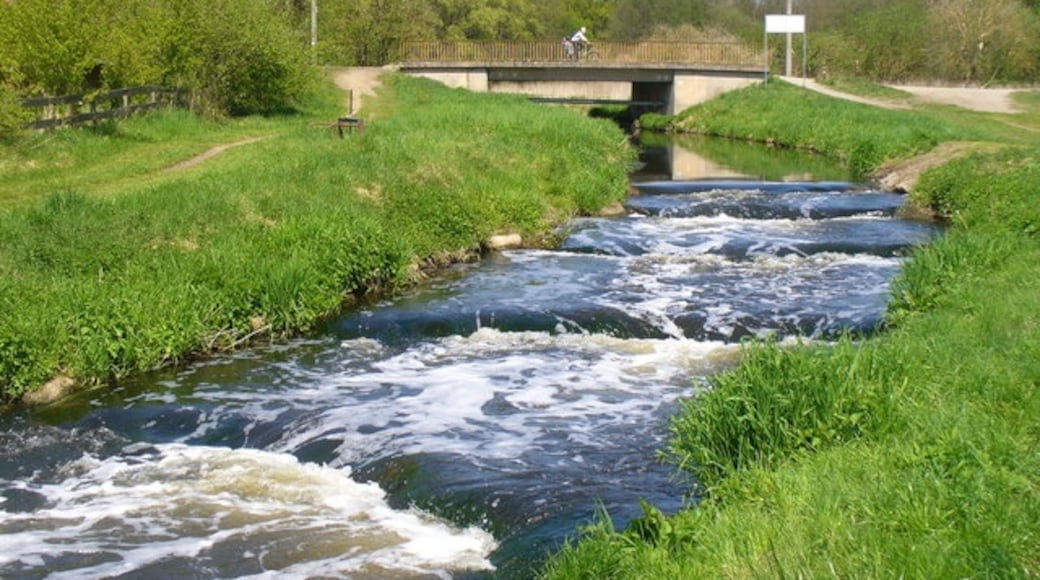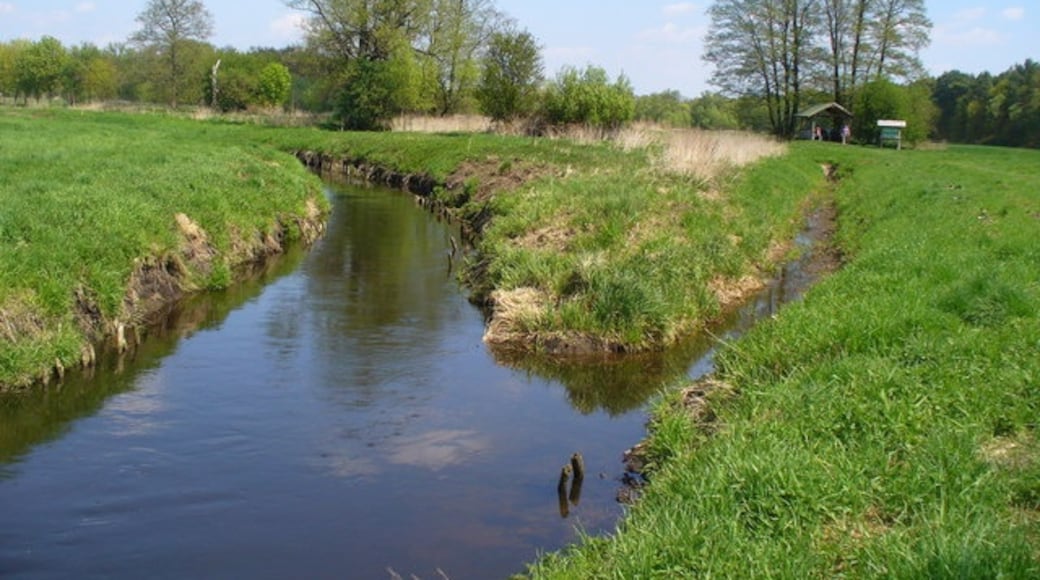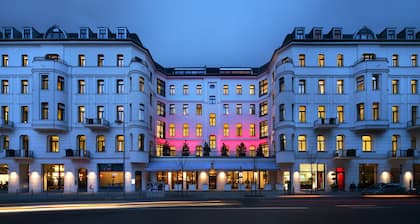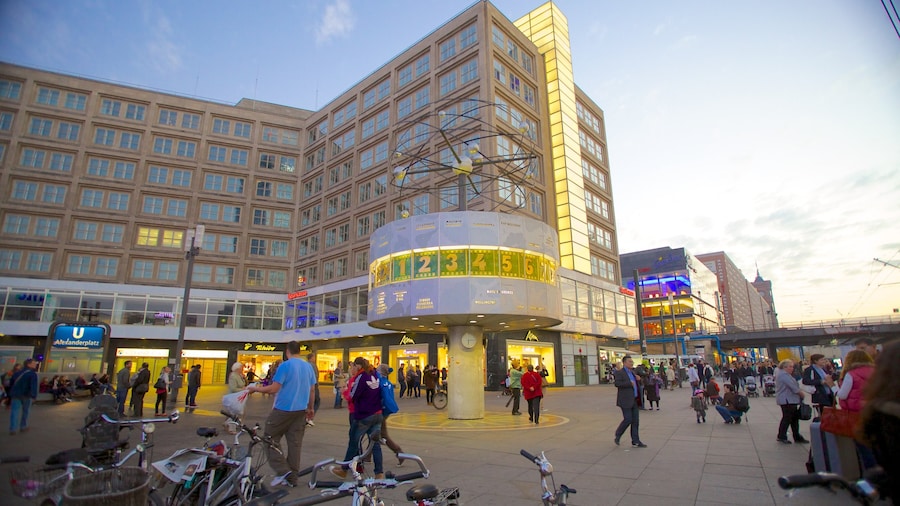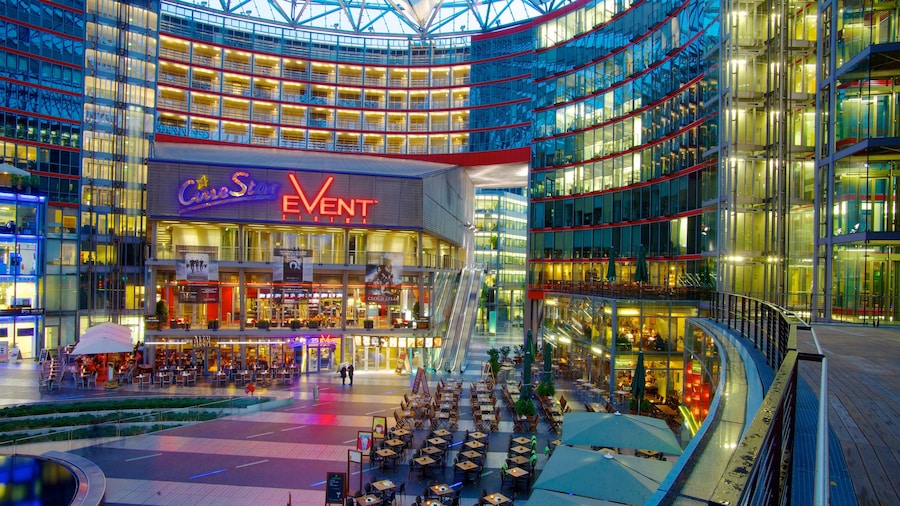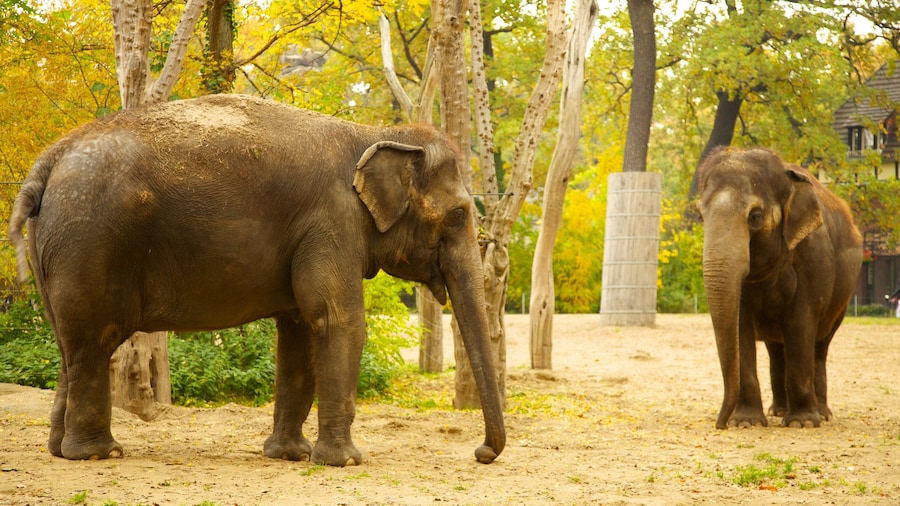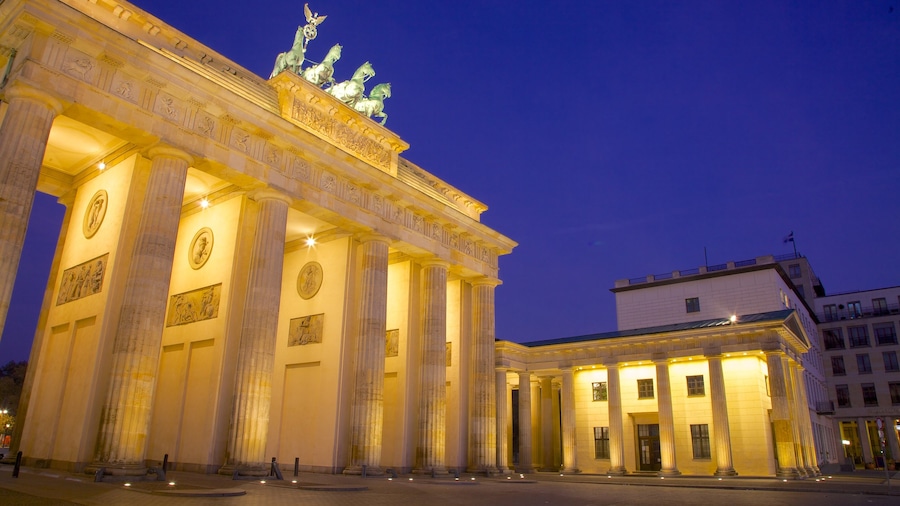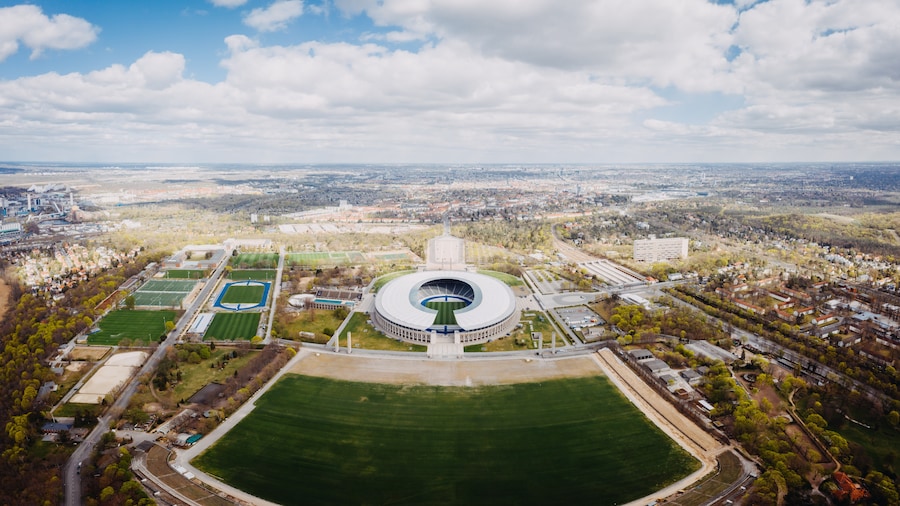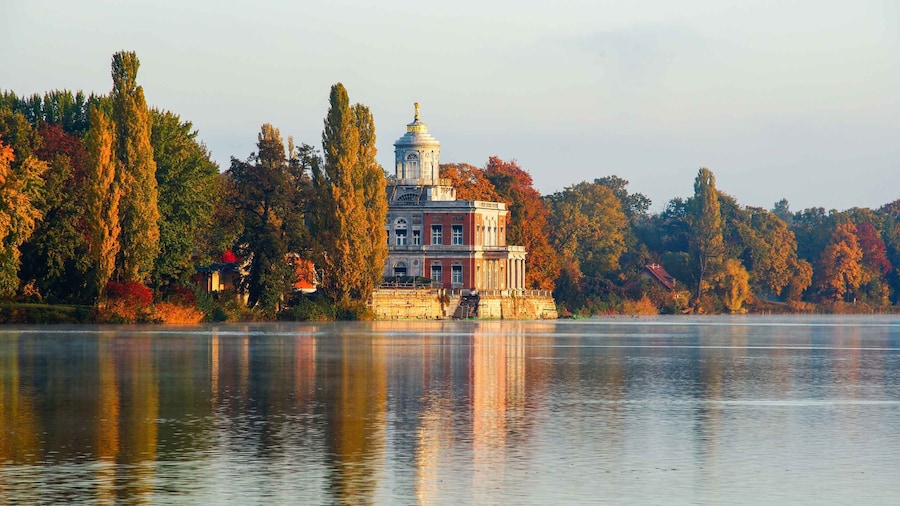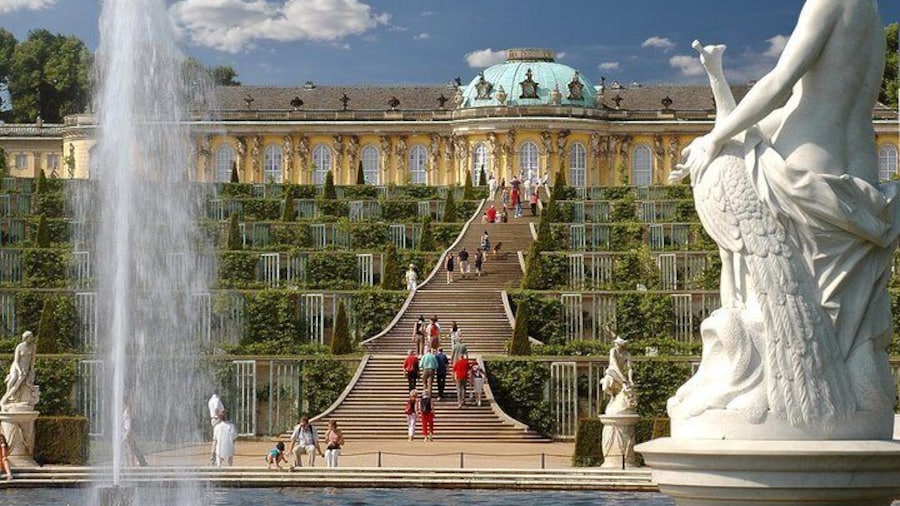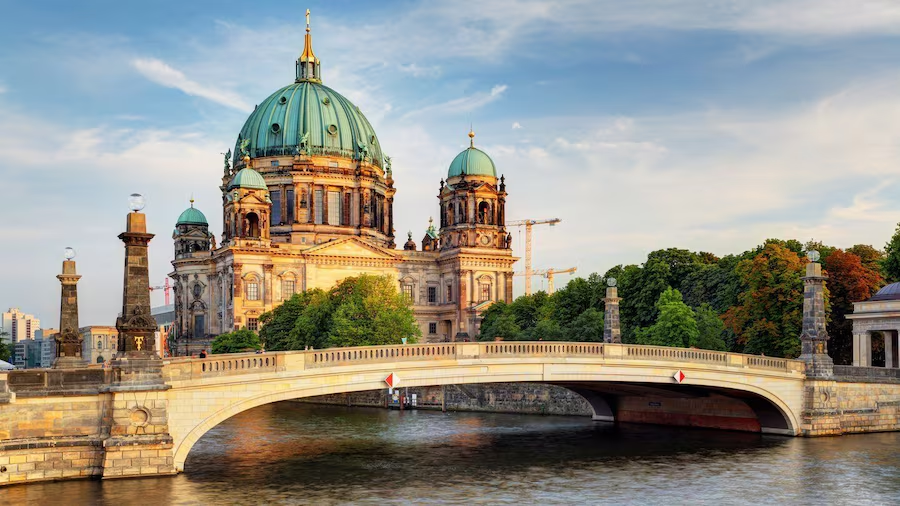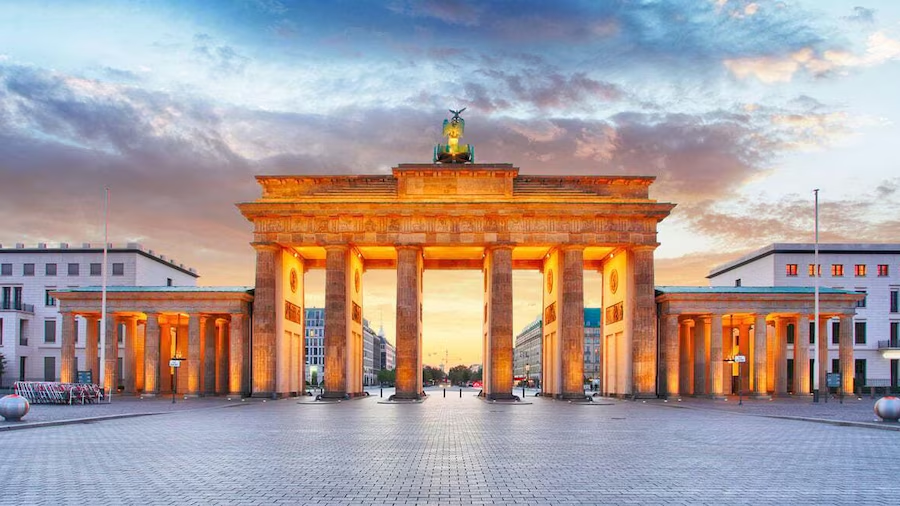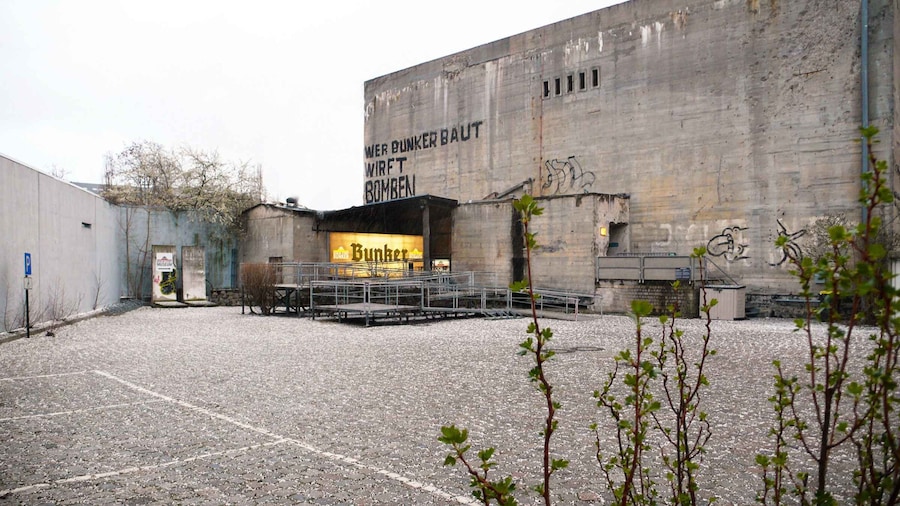A small town formed by the integration of Dahlwitz with Hoppegarten in 1928, Dahlwitz-Hoppegarten lies in the eastern suburbs of Berlin and has a history that can be traced all the way back to the 12th century.
The settlement at Dahlwitz is first mentioned in records of 1370, and from this medieval village the modern town gradually developed. That heritage is on display in the historic houses you find all over town, particularly on the Rennbahnallee and around Goetheallee and Lindenallee. For even more medieval history, visit the Protestant Village Church, a pleasant spot that was originally home to a millennium-old stone church, before it was rebuilt in Baroque style between the 1720s and 1730s.
To see another highlight that emerged in the middle of the 19th century, take a trip to Castle Dahlwitz. Commissioned by the landowner Karl Heinrich of Treskow in the 1850s, it was designed by Berlin architect Friedrich Hitzig in the late Classical style, akin to the tower villas built in Berlin and Brandenburg at that time. Explore the castle and its four hectares of parkland, which were laid out in the 1820s by Peter Joseph Lenné.
The second of the two towns, Hoppegarten, is best known across Germany for its Racecourse, a favourite spot of horse lovers who dress up in their finest to go to the track and place a bet on their favoured horse. As much of a social event as it is a sporting contest, you can still take a trip to the famous old course at Hoppegarten and enjoy a thrilling day out, especially if you have your money on one of the competitors.
A major highlight on the European horse racing circuit, dating back to the 1860s, this course brings in gamblers from far and wide, and regularly draws international attention to Dahlwitz-Hoppegarten.

